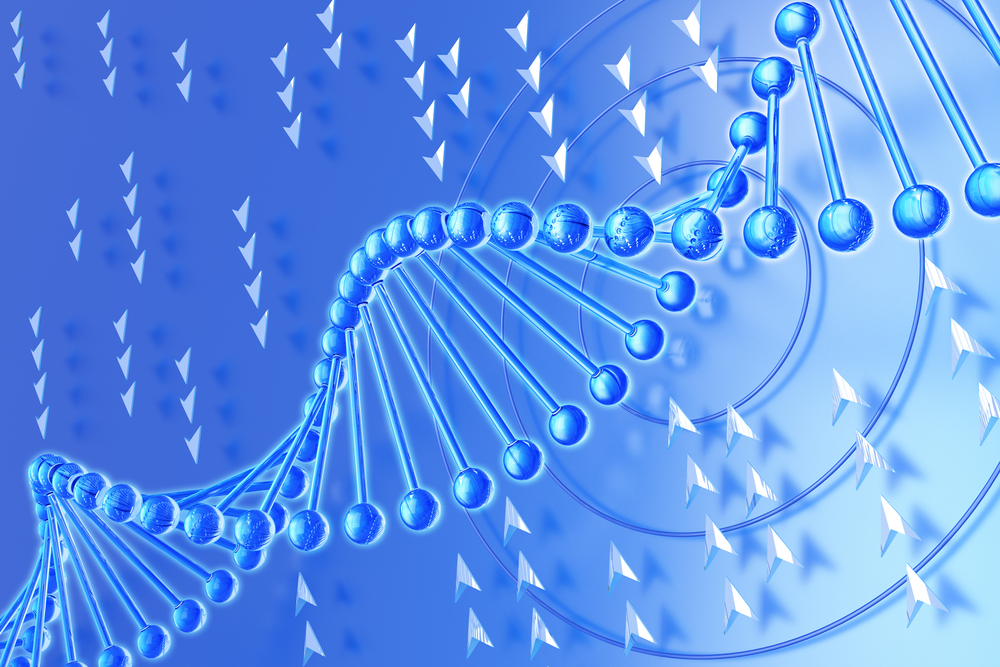Study Reviews Novel Molecular Target Advancements for the Treatment of Pulmonary Arterial Hypertension

 A group of pulmonary medical specialists from the University of South Paris School of Medicine (USPSM) in France have conducted a robust review study that examines the increasing number of potential novel therapeutic drug targets for patients with pulmonary arterial hypertension (PAH). The study team, led by Dr. Marc Humbert, MD PhD, Professor of Respiratory Medicine, National Reference Centre for Pulmonary Hypertension at the Department of Respiratory and Intensive Care Medicine USPSM, published their findings in the latest edition of CHEST – a Journal of the American College of Chest Physicians.
A group of pulmonary medical specialists from the University of South Paris School of Medicine (USPSM) in France have conducted a robust review study that examines the increasing number of potential novel therapeutic drug targets for patients with pulmonary arterial hypertension (PAH). The study team, led by Dr. Marc Humbert, MD PhD, Professor of Respiratory Medicine, National Reference Centre for Pulmonary Hypertension at the Department of Respiratory and Intensive Care Medicine USPSM, published their findings in the latest edition of CHEST – a Journal of the American College of Chest Physicians.
PAH, also known as pulmonary hypertension, defines a group of debilitating idiopathic (of unknown origin) or co-morbid conditions that cause breathlessness, loss of exercise capacity, and death due to elevated pulmonary artery pressure and subsequent right side heart failure. It is a rare condition affecting 1 to 2 individuals for every 1 million in the US and Europe. According to the CDC, PAH is more common among women, non-Hispanic blacks, and individuals 75 years or older.
[adrotate group=”4″]
PAH is characterized by high blood pressure (BP) in the pulmonary arteries, which carry oxygen and blood from the heart to the lungs. In healthy individuals, pulmonary arterial pressure should be approximately 25/10 millimeters of mercury (mmHg); for patients diagnosed with PAH this pressure consistently exceeds 40/20 mmHg. This elevated arterial pressure causes the right ventricle of the heart, which supplies blood to the pulmonary arteries, to pump ineffectively. This results in the right side of the heart working harder to pump blood around the body, leading to the condition’s debilitating effects and the eventual pre-mature death of the patient. PAH is most often inadvertently discovered after a patient undergoes echocardiography or right heart catheterization for another condition; as a result, it is generally not diagnosed until the disease is advanced and the right side of the heart begins to fail.
PAH cases with a known cause are associated with diseases such as obesity, congenital heart disease, coronary artery disease, high blood pressure, liver disease (cirrhosis), blood clots in the lungs, chronic lung diseases like emphysema, and connective tissue diseases such as scleroderma (10% of scleroderma patients have PAH). Genetics also play a role in PAH; a patient is more likely to be diagnosed with PAH if two or more members of their family are known to have PAH. In the developing world where PAH is not a rare disease, the most common cause is schistosomiasis, a parasitic infection in which the parasite’s eggs lodge into and obstruct the pulmonary arteries.
[adrotate group=”3″]
Over the last two decades there have been numerous advances in therapeutic options for PAH. Despite this, it is still an incurable disease associated with high rates of debilitating morbidity and early mortality. Dr. Humbert, wants to change that by deciphering the pathophysiology of the disease and identifying novel molecular targets to alleviate and cure PAH. In this study, Dr. Humbert and his team have chosen to inventory and review potential new targets for innovative research in PAH. They focused their investigation on innovations that targeted cellular mechanisms including:
- Communication between cells within the pulmonary vascular wall, with particular attention to the role played by dysfunctional endothelial cells,
- Abnormal inflammatory and immune responses,
- Abnormal extracellular matrix function, and
- Altered BMPRII/KCNK3 signaling systems.
The study result is a more accurate picture of novel pathways and therapeutic targets that the authors believe will help in designing new and more effective approaches for PAH treatment. For PAH patients and their healthcare providers, this accurate picture means that the ability to assess disease severity, as well as clinical management and decide on effective treatment strategies, will become much easier in the future.







